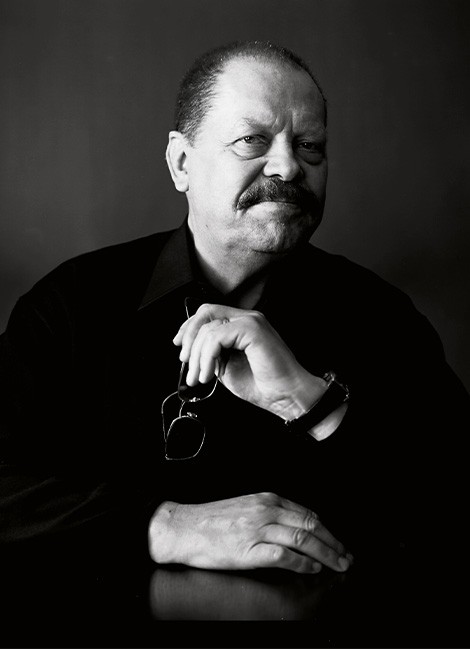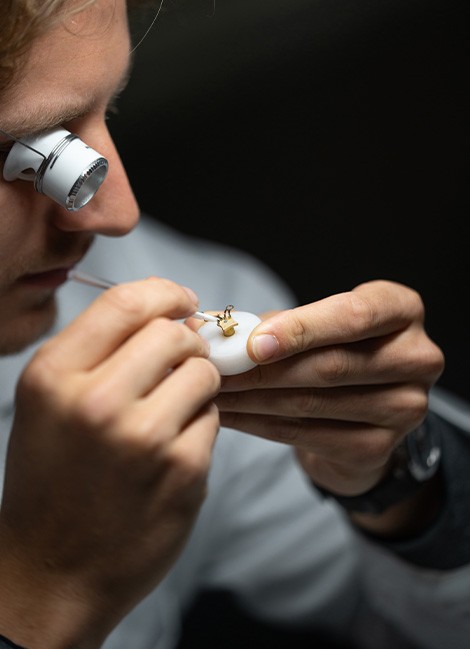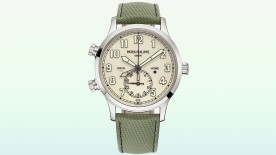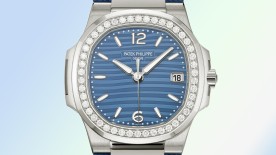In 2009, entrepreneurs Claude Greisler and Serge Michel opened a high-tech manufacturing plant in Biel, launching a new chapter for the Armin Strom brand. Named after its founder, Armin Strom, who retired two years later, the brand was poised to embark on a major technical and stylistic direction, with independence at its core.

Fifteen years later, has it paid off? "For us, yes," says Claude Greisler, watchmaker and ex-Christophe Claret. "Being a niche brand is neither a strength nor a weakness. It's a choice and right now it's the right choice. The market for independent brands is in good health. We have virtually no stock and for the past two years demand has really taken off. More importantly, we no longer have to explain what the brand stands for and what an independent mindset is."

Roll out the (mainspring) barrel
These were risky choices, nonetheless: an ultra-contemporary design language, massive R&D investment and half a dozen in-house movements as a base for some twenty different calibres, culminating in the extremely technical resonance movement that had journalists reaching for their keyboards and is now firmly established.
Why, how? Claude Greisler makes a surprising comparison: "the market for independent brands is like the market for beer. The more informed consumers are moving away from supermarket brands and towards local microbreweries. Customers are more attentive to what they buy and the same is true for high-end watch collectors. They probably purchase fewer watches but are far more selective when they do. They appreciate the transparency they get with independent makers over generic marketing messages. They like that they can come and see us, have a conversation, get to know our production and projects. That we can personalise their watch is also a major plus point."

Supply or demand?
What if demand rockets? Should an independent increase production or, on the contrary, stick to its usual volumes and preserve brand value? Claude Greisler has his answer for Armin Strom: "We could easily double production within the next three to four years but we don't intend to make any significant increase to the 400 watches we manufacture per year. Instead, we will work on value, continue to capitalise on resonance and build up our offering for women by focusing more on the Lady Beat."
"Around 95%" of Armin Strom customers are men, hence there is very real room for growth in the women's segment, although this doesn't tend to be independents' strong point. It took MB&F fifteen years to bring out the Flying T; the same goes for Urwerk, while Cyrus, Ferdinand Berthoud and Greubel Forsey don't even have a women's collection. Still, Armin Strom has plenty of other projects, including the first in-house chronograph. As a complication, the chronograph is practically mainstream but developing one from scratch remains a complex process. What are the chances of a resonance chronograph? "We launch a highly innovative calibre every five years," Claude Greisler answer with a smile. Meaning a surprise in store for 2029?





